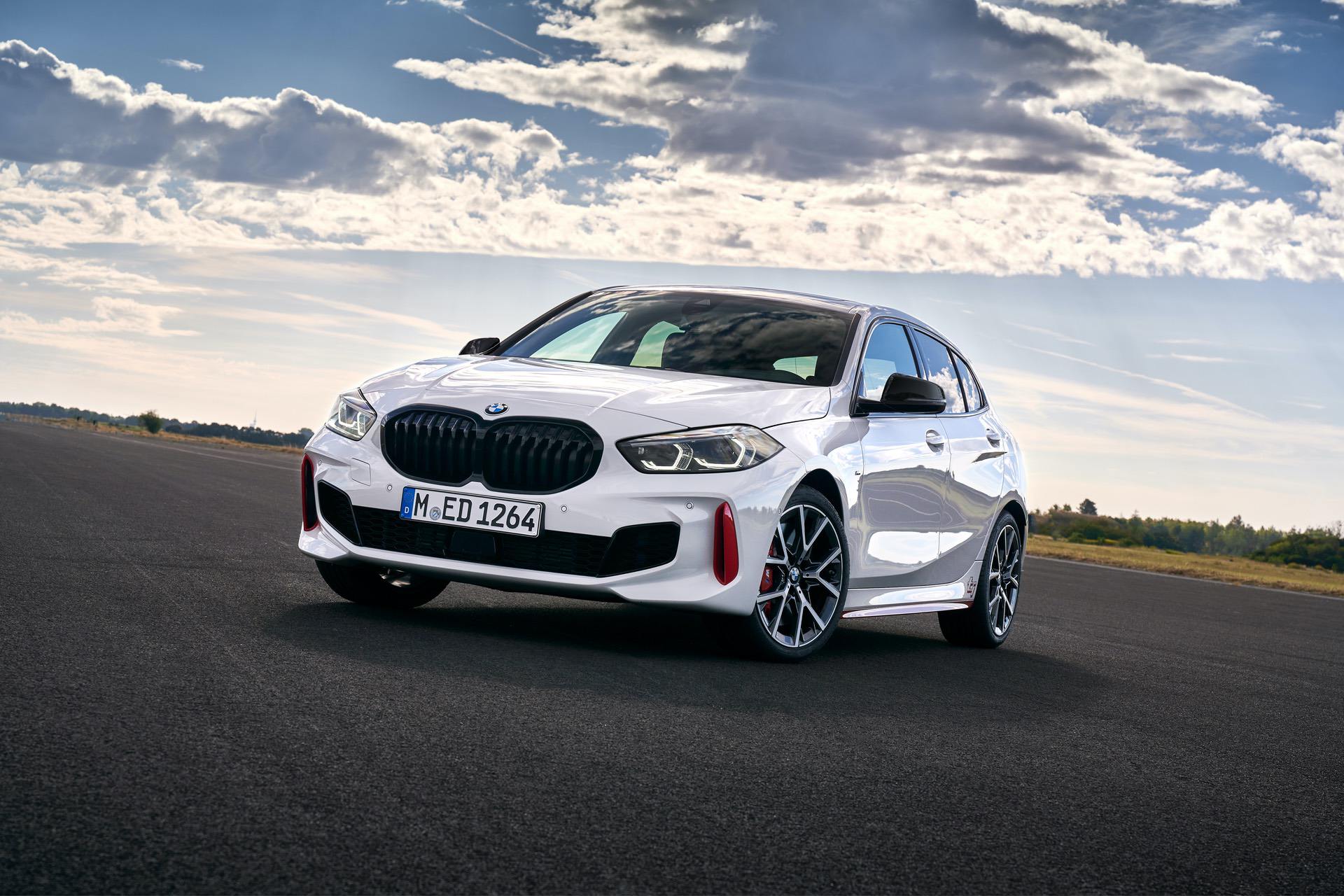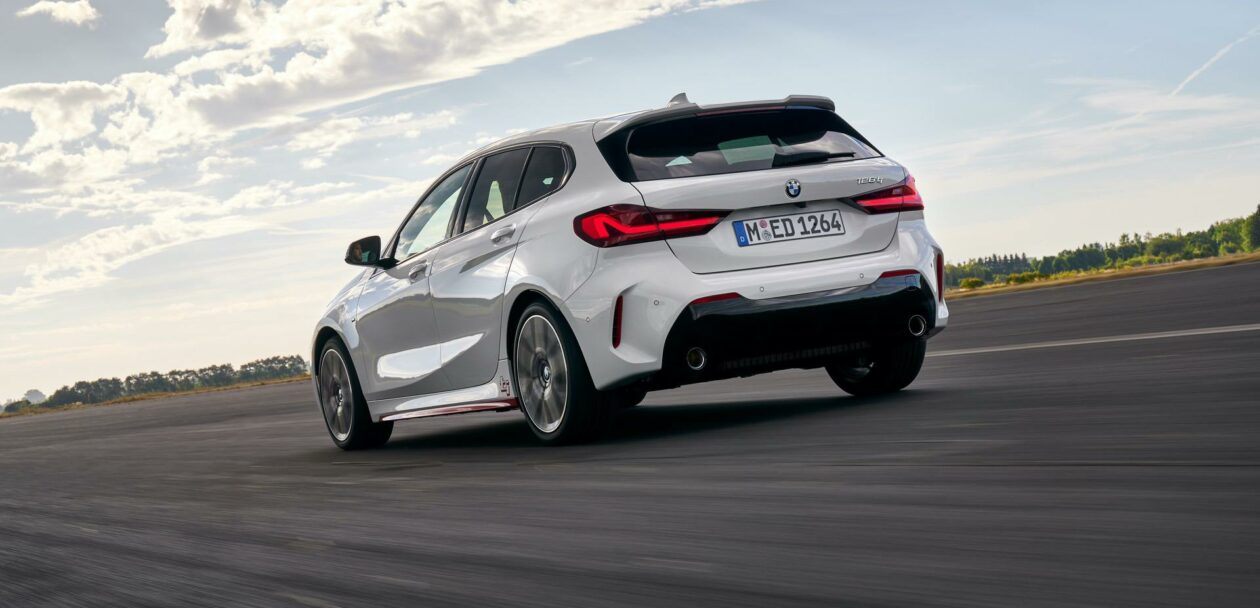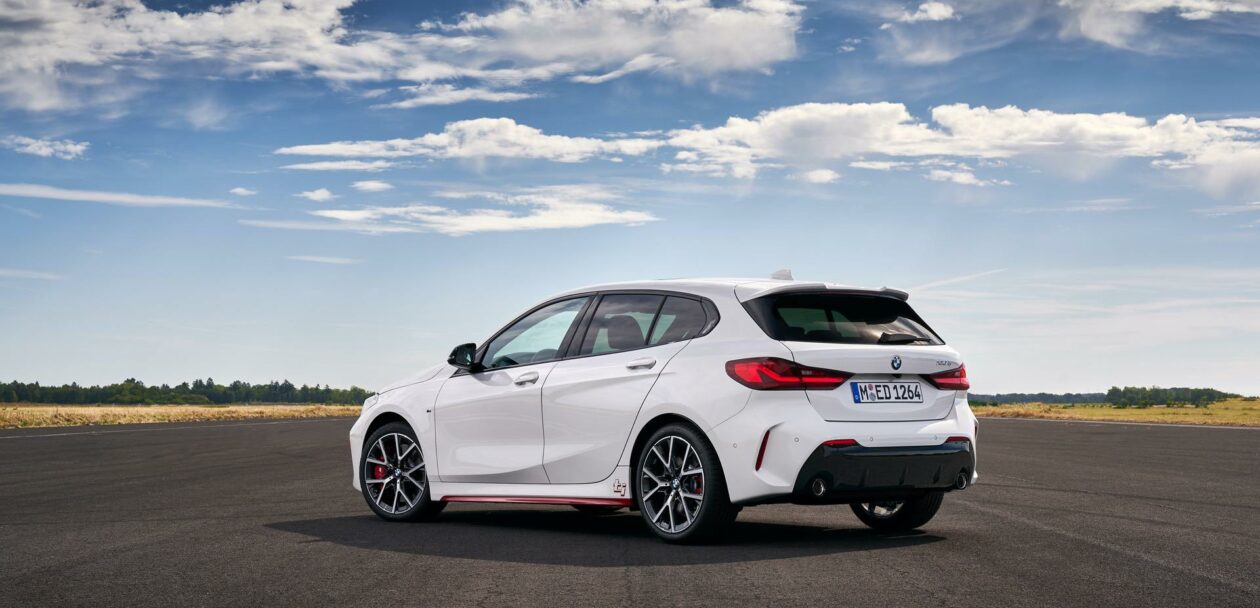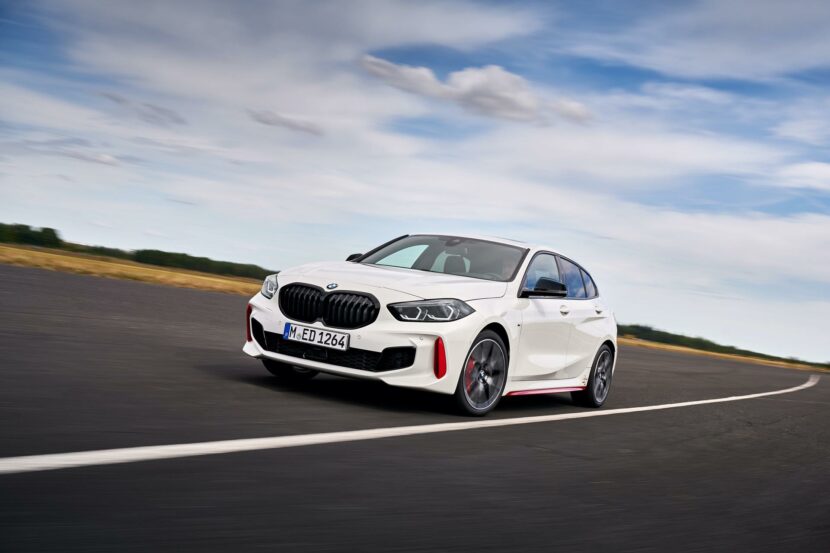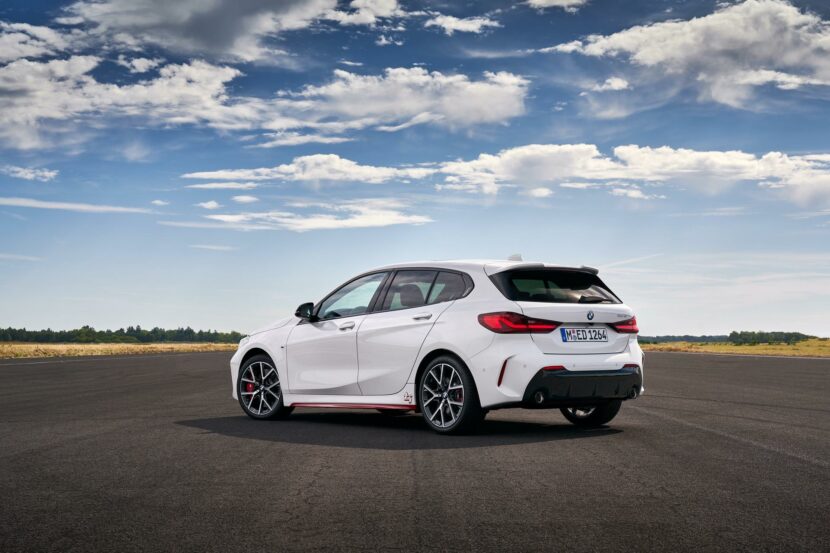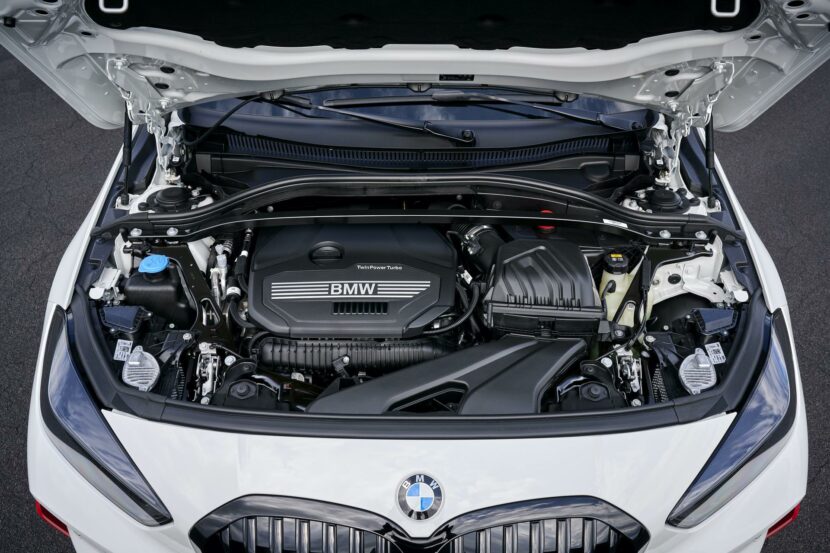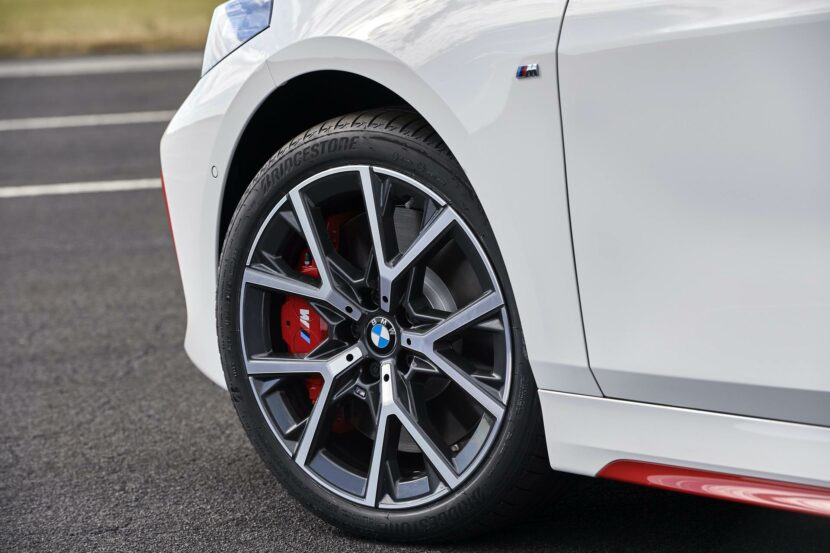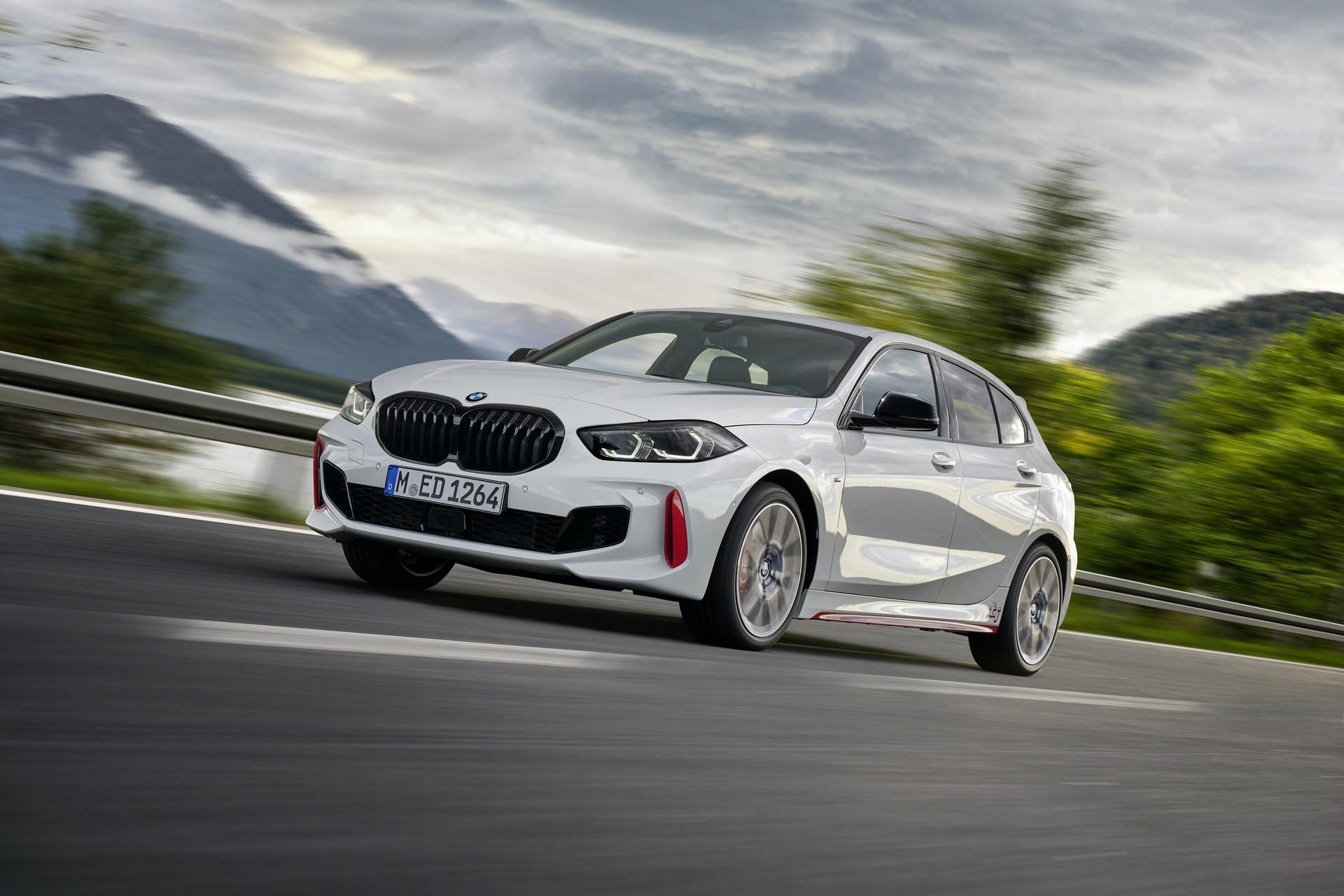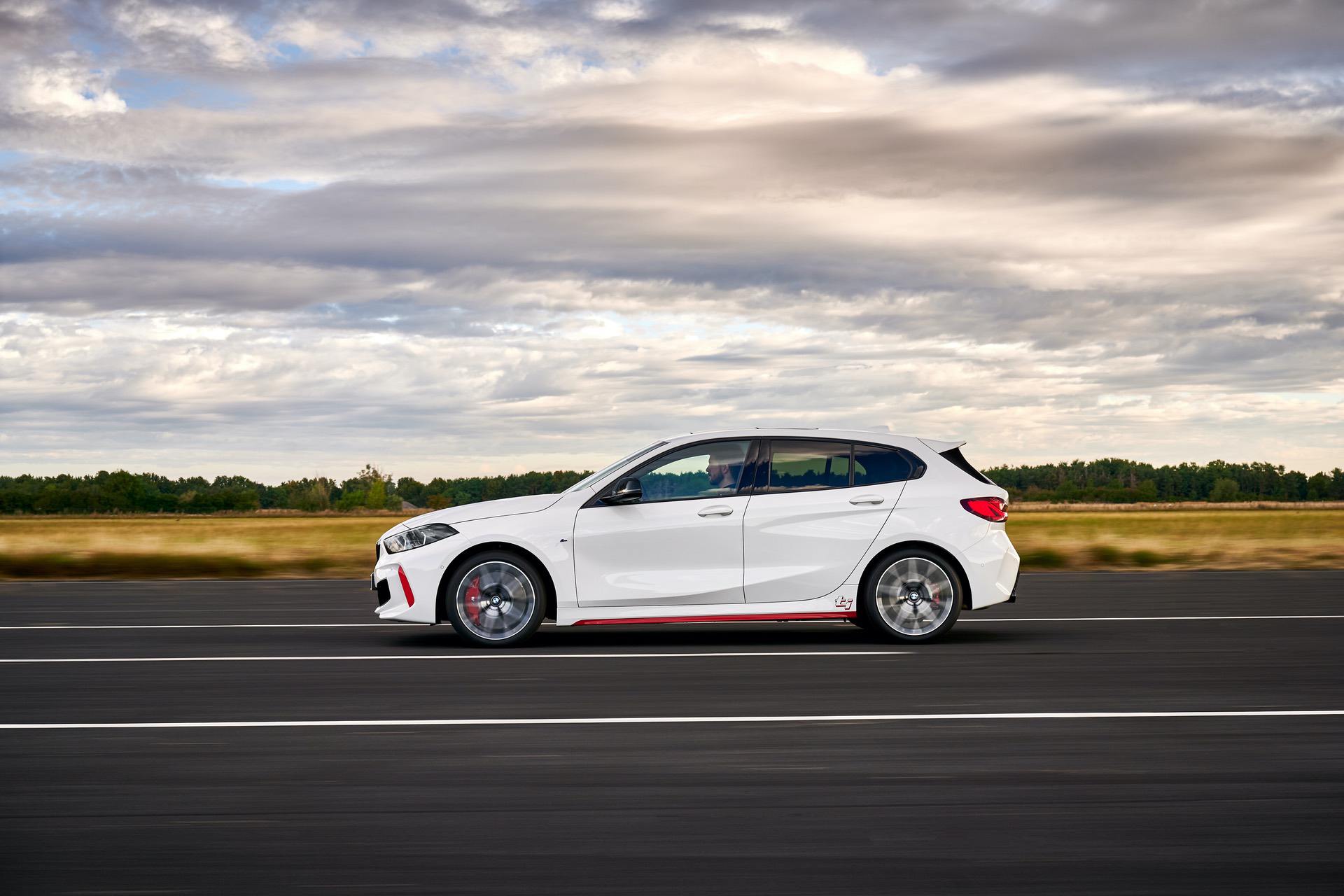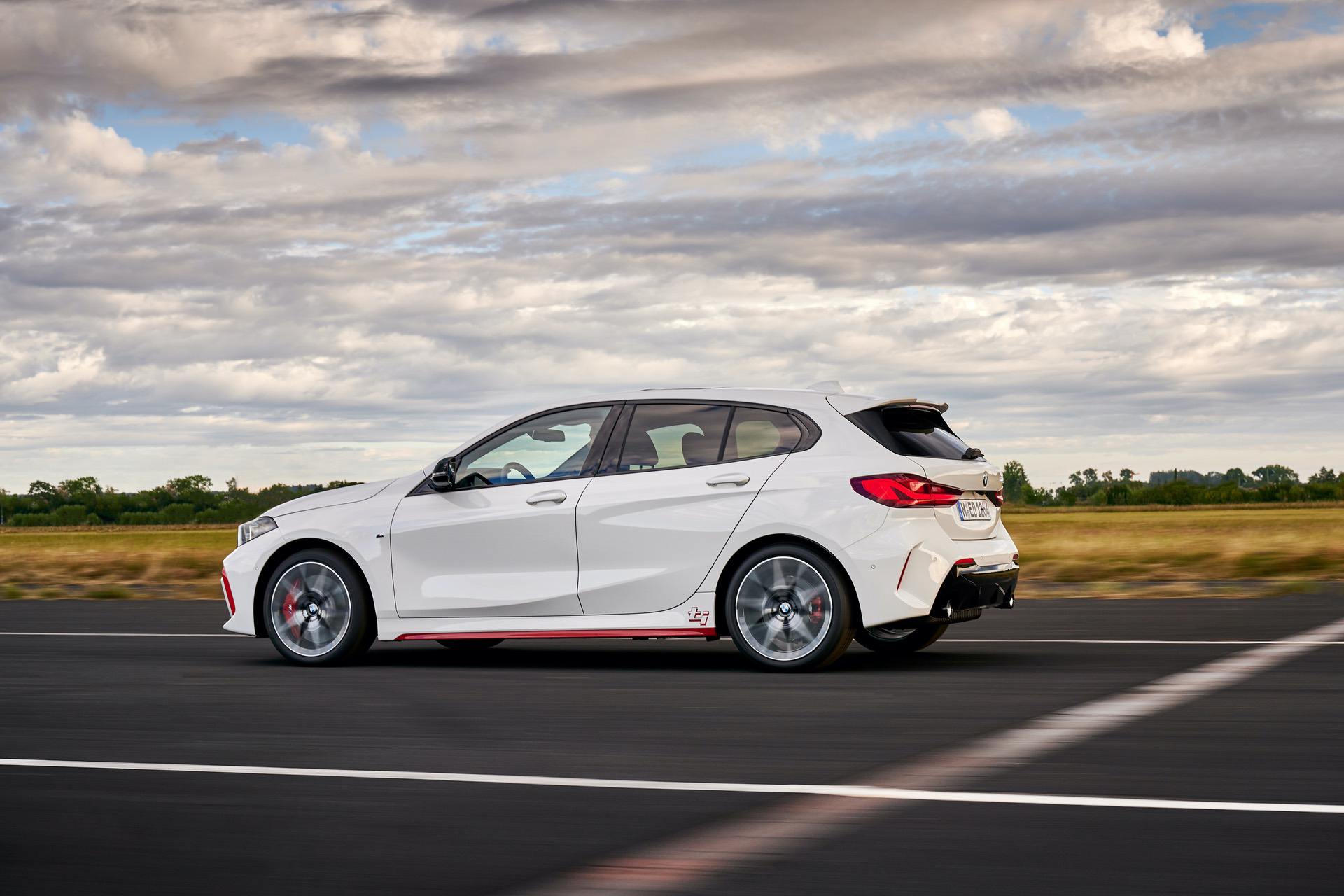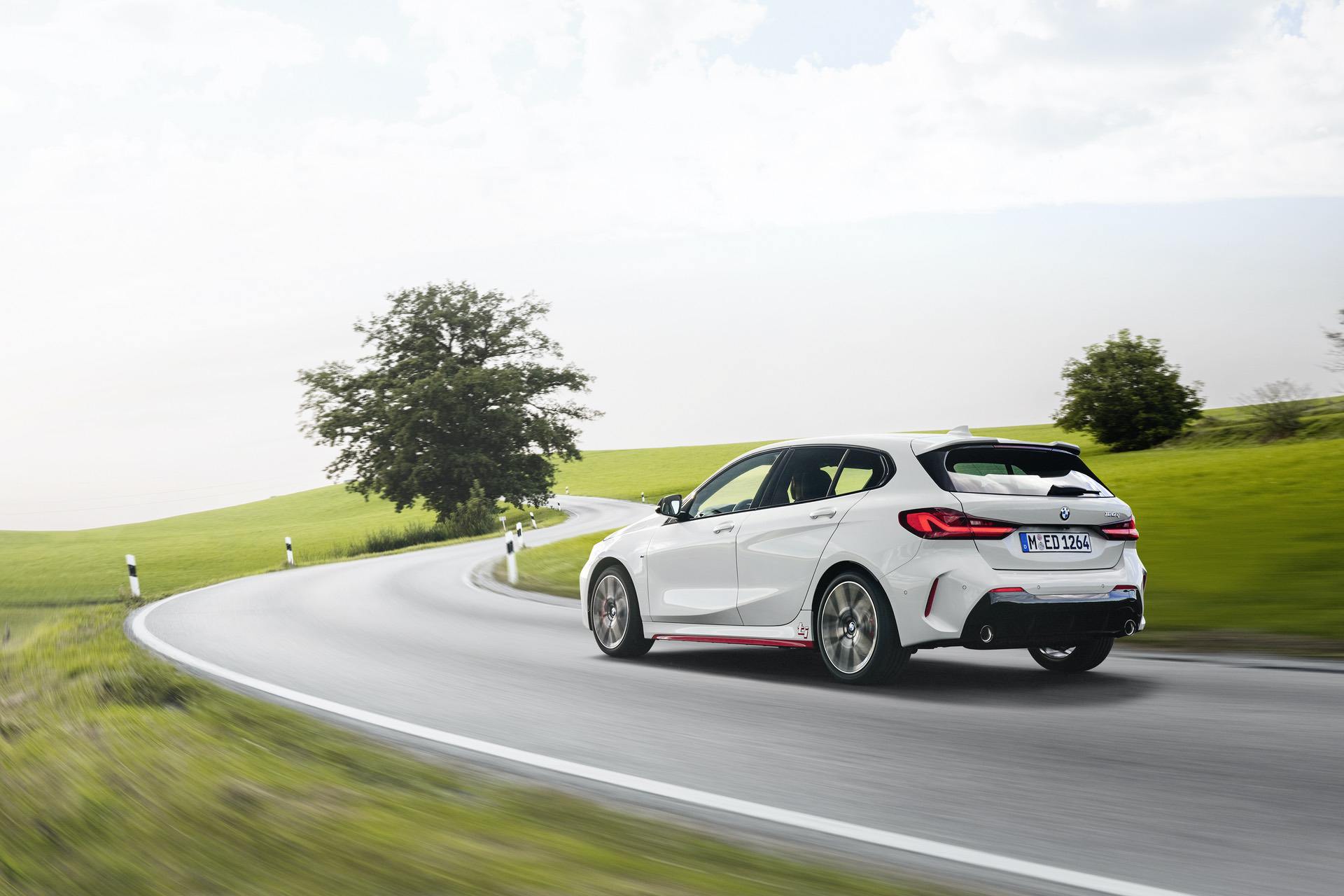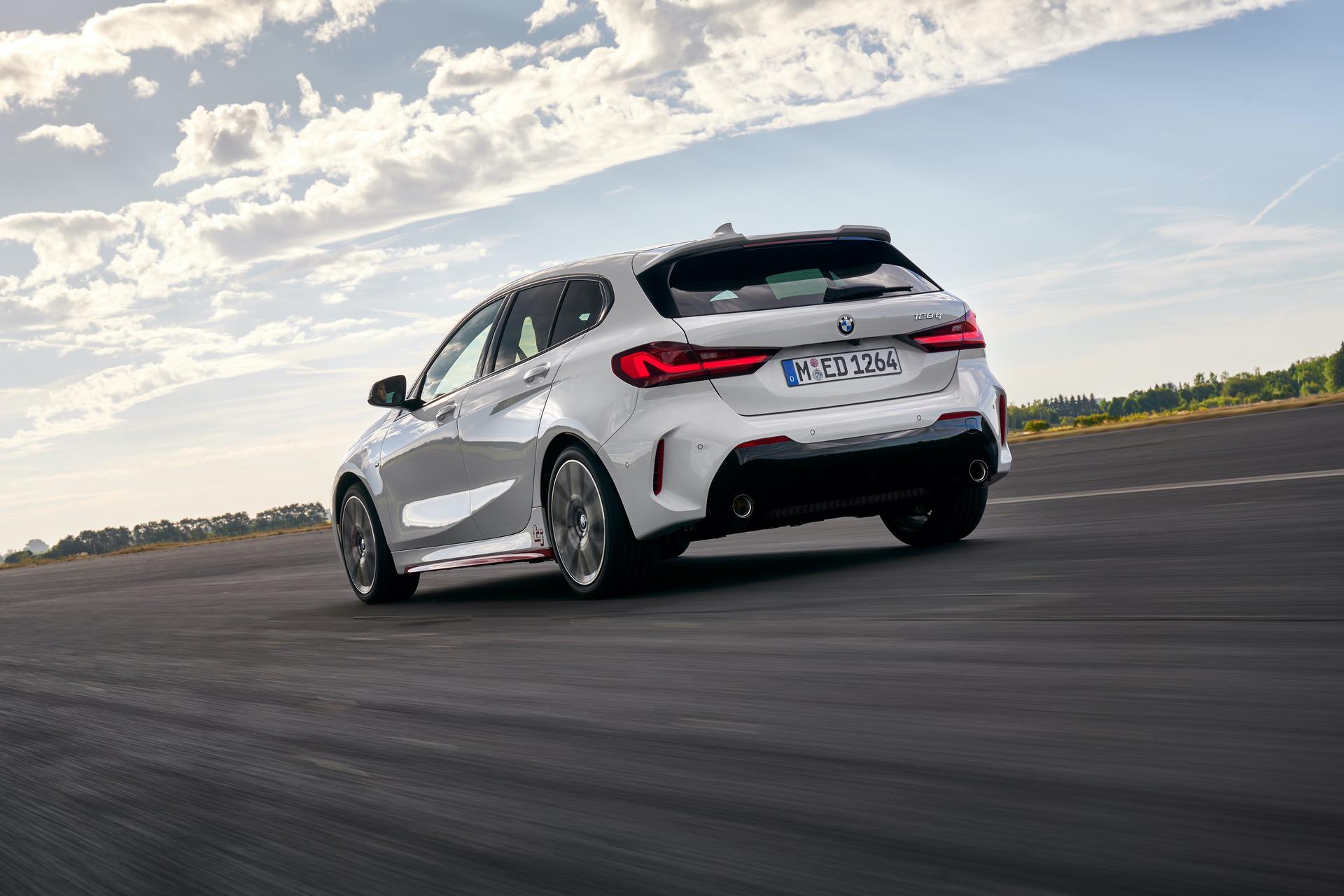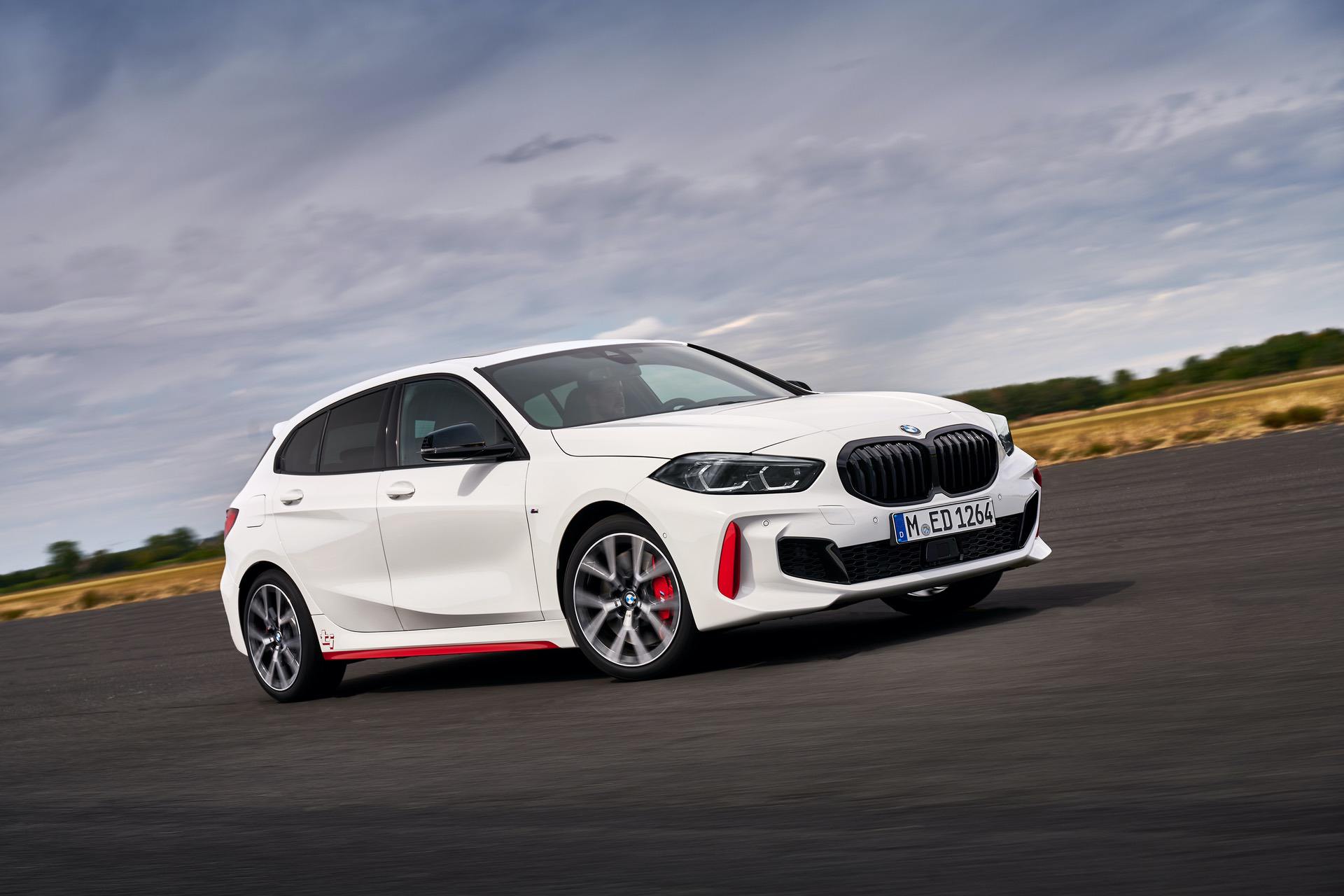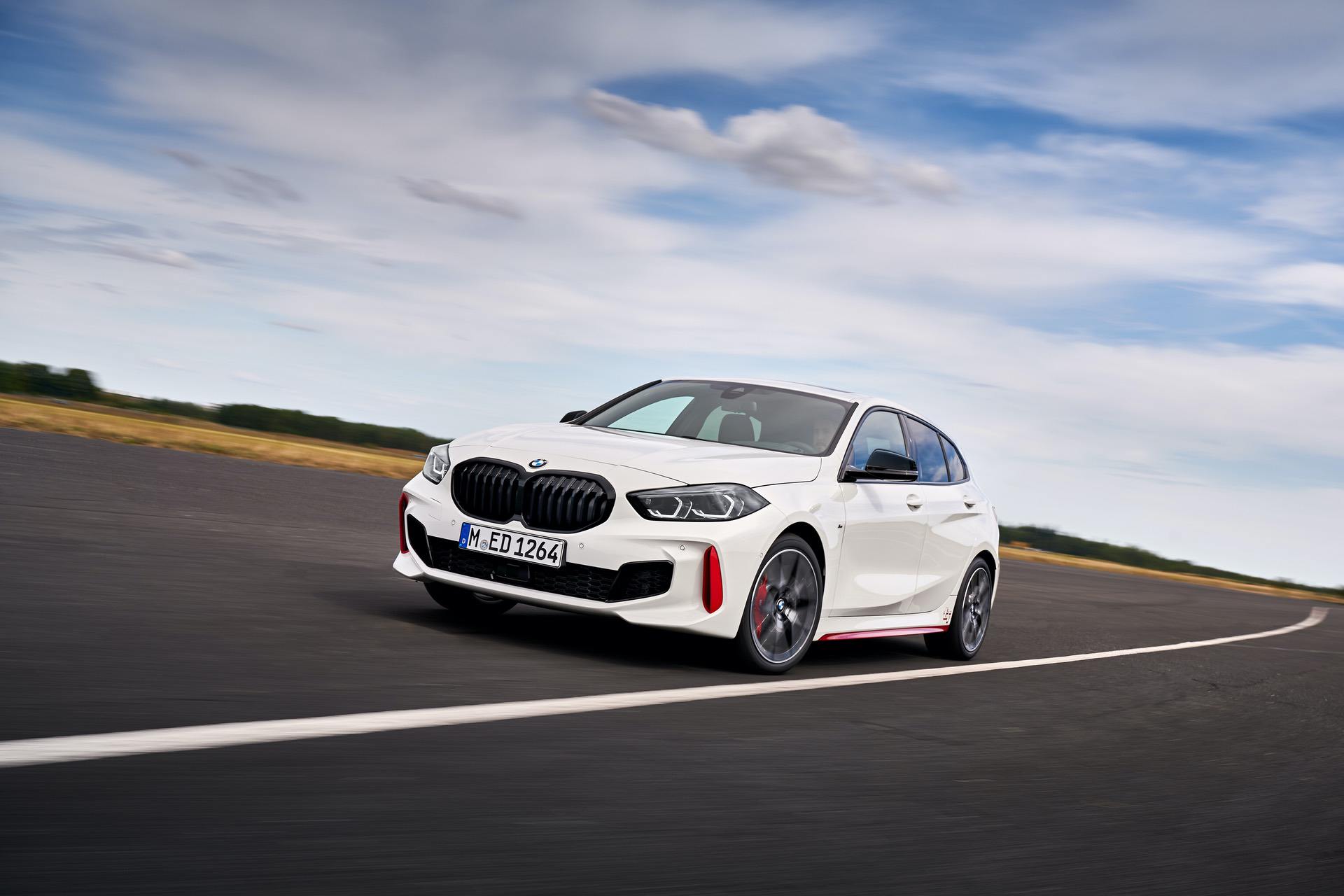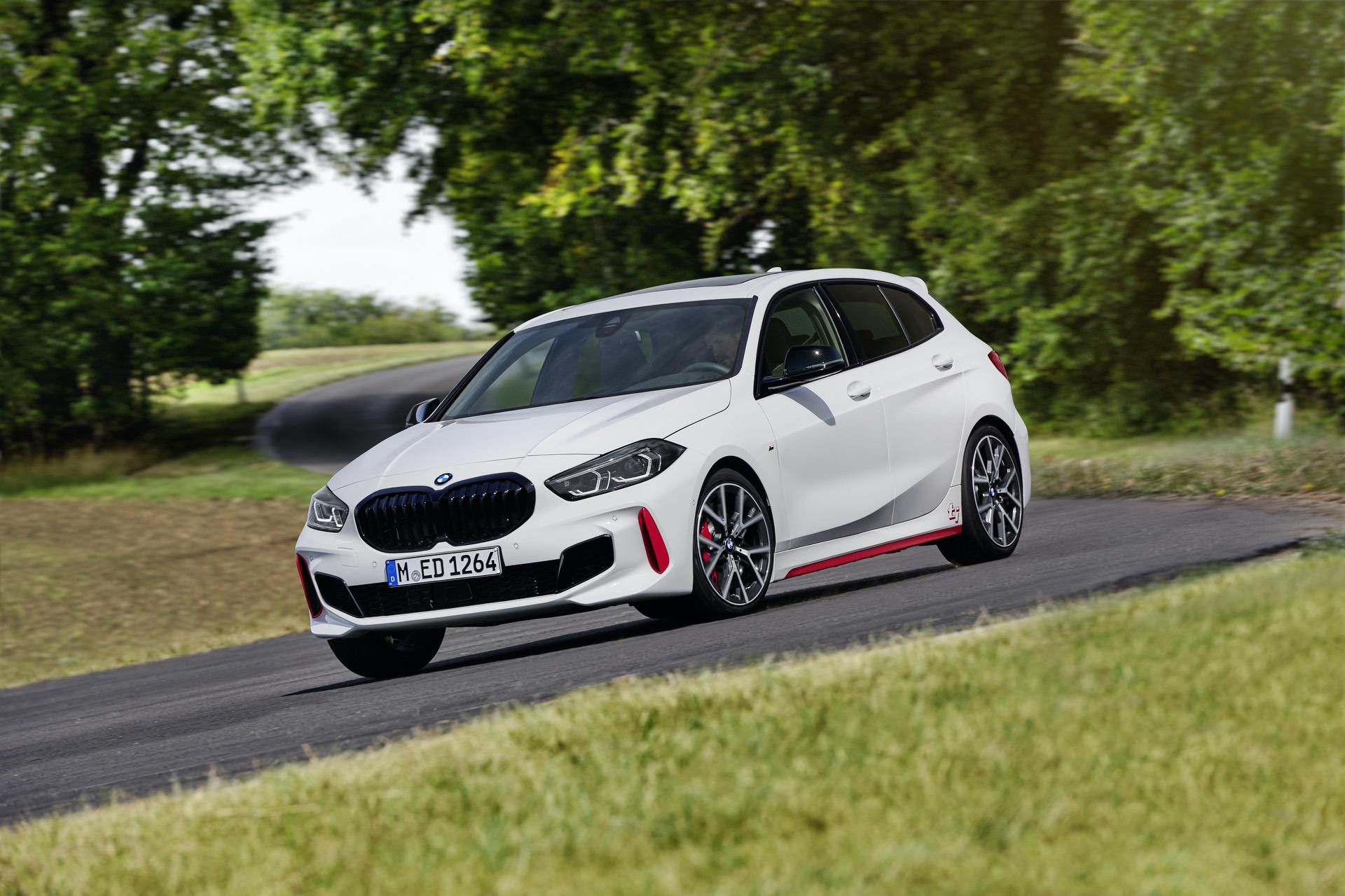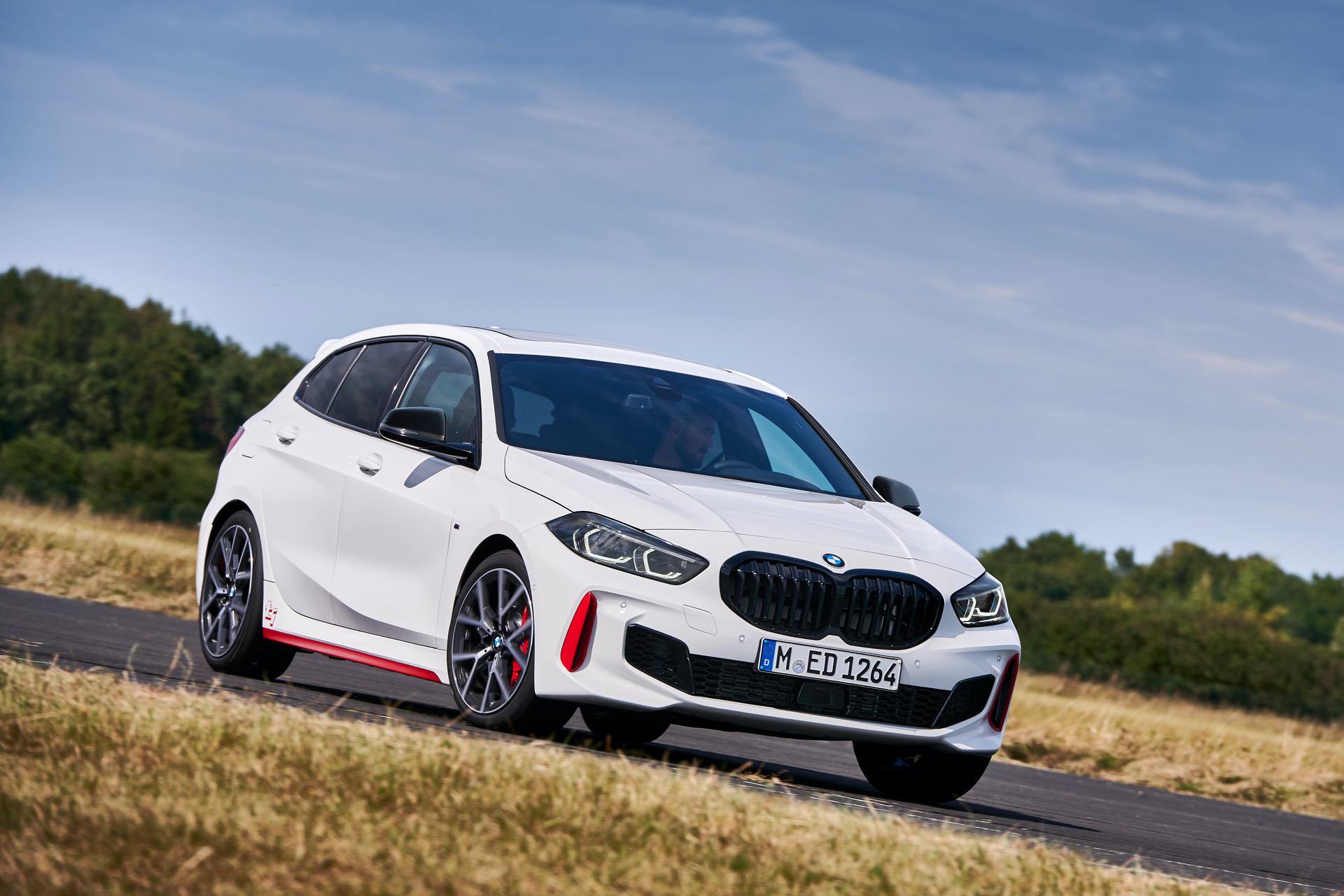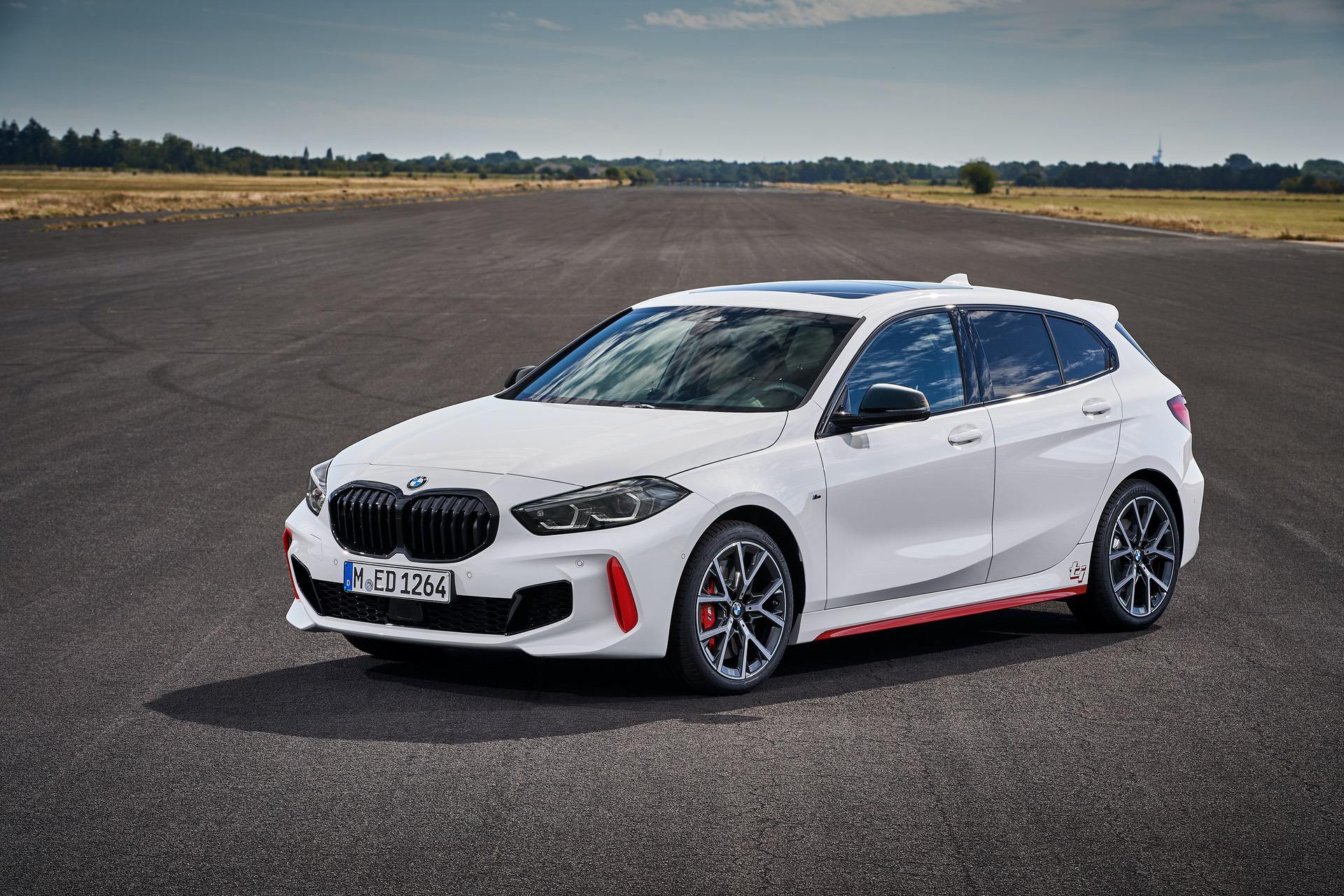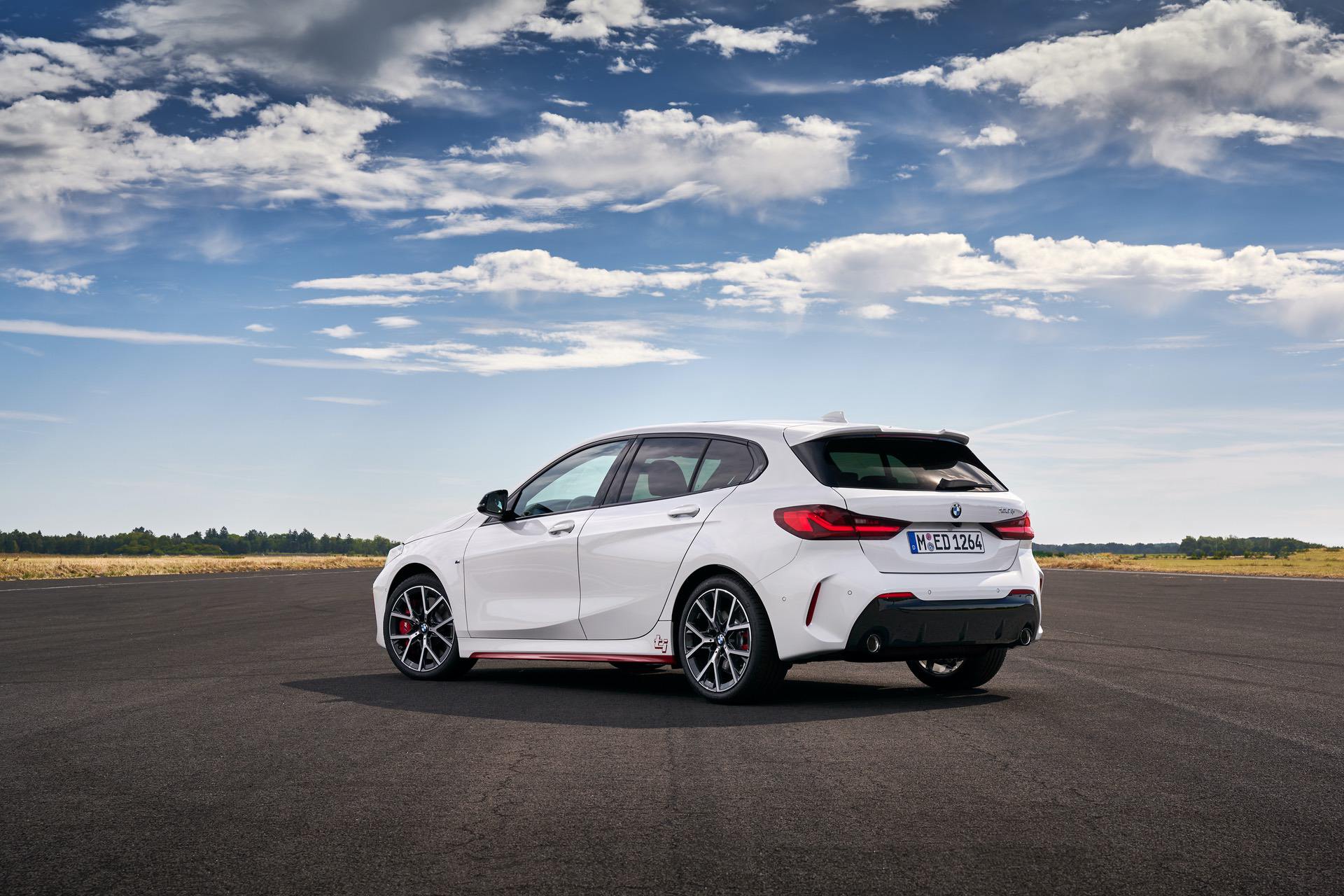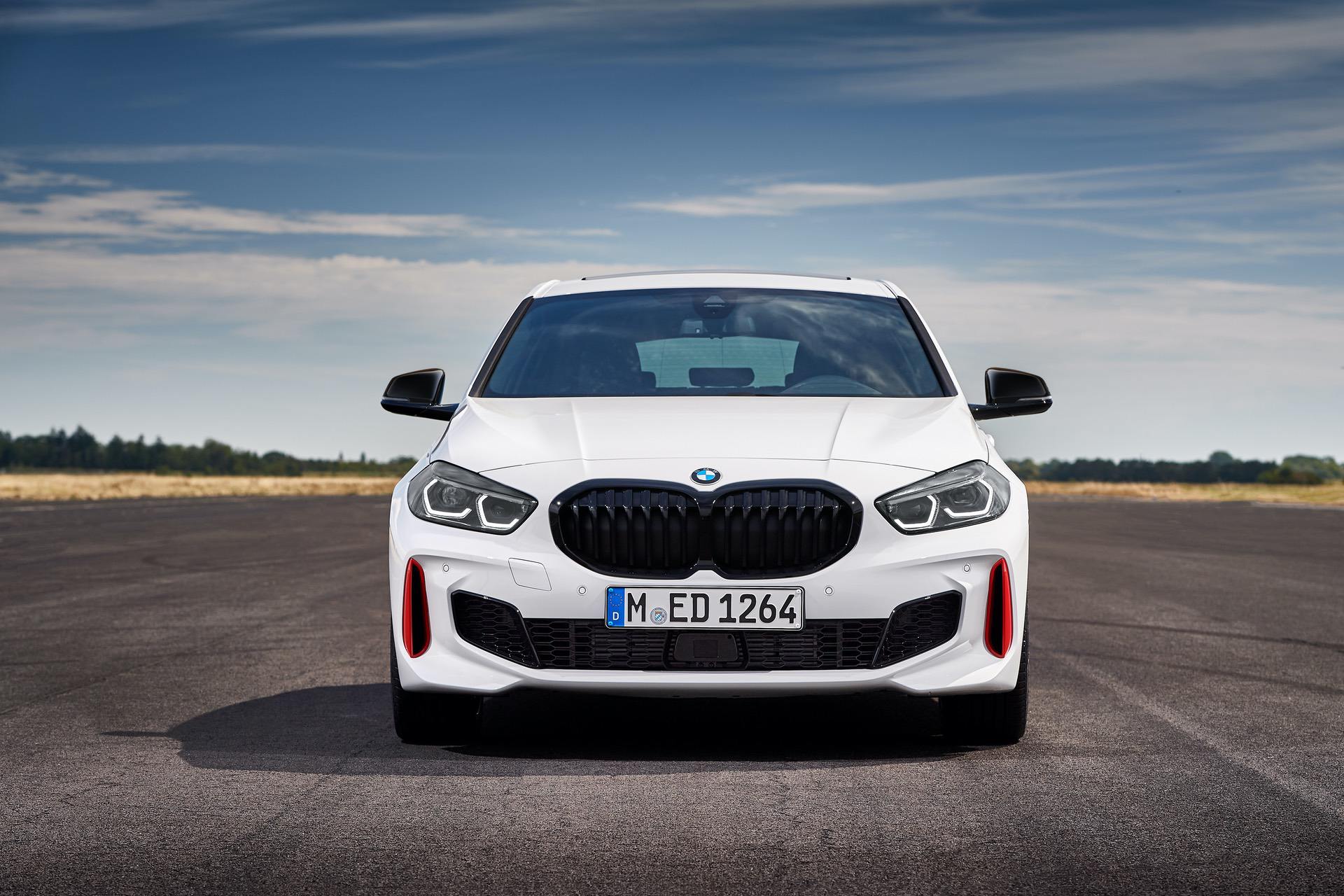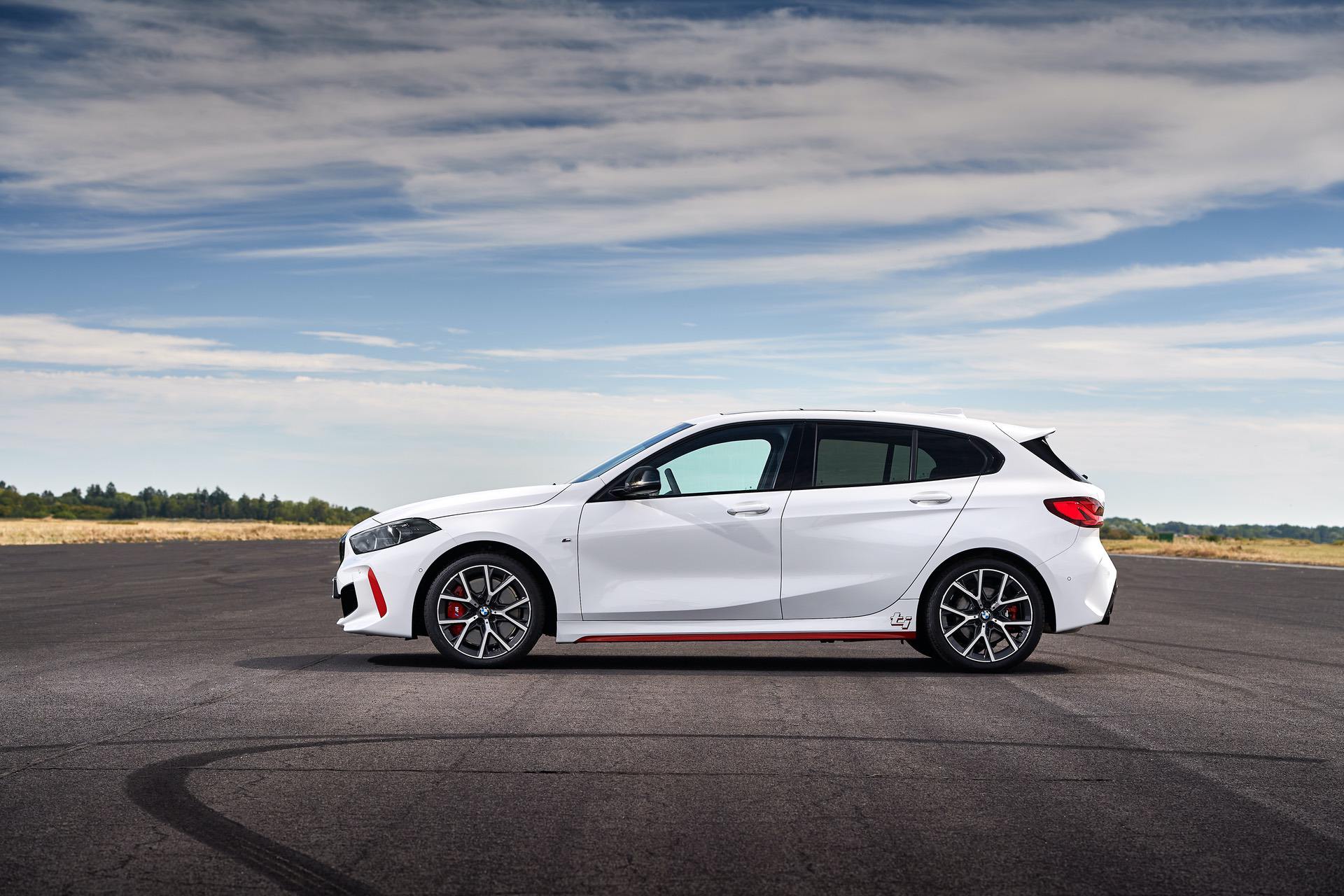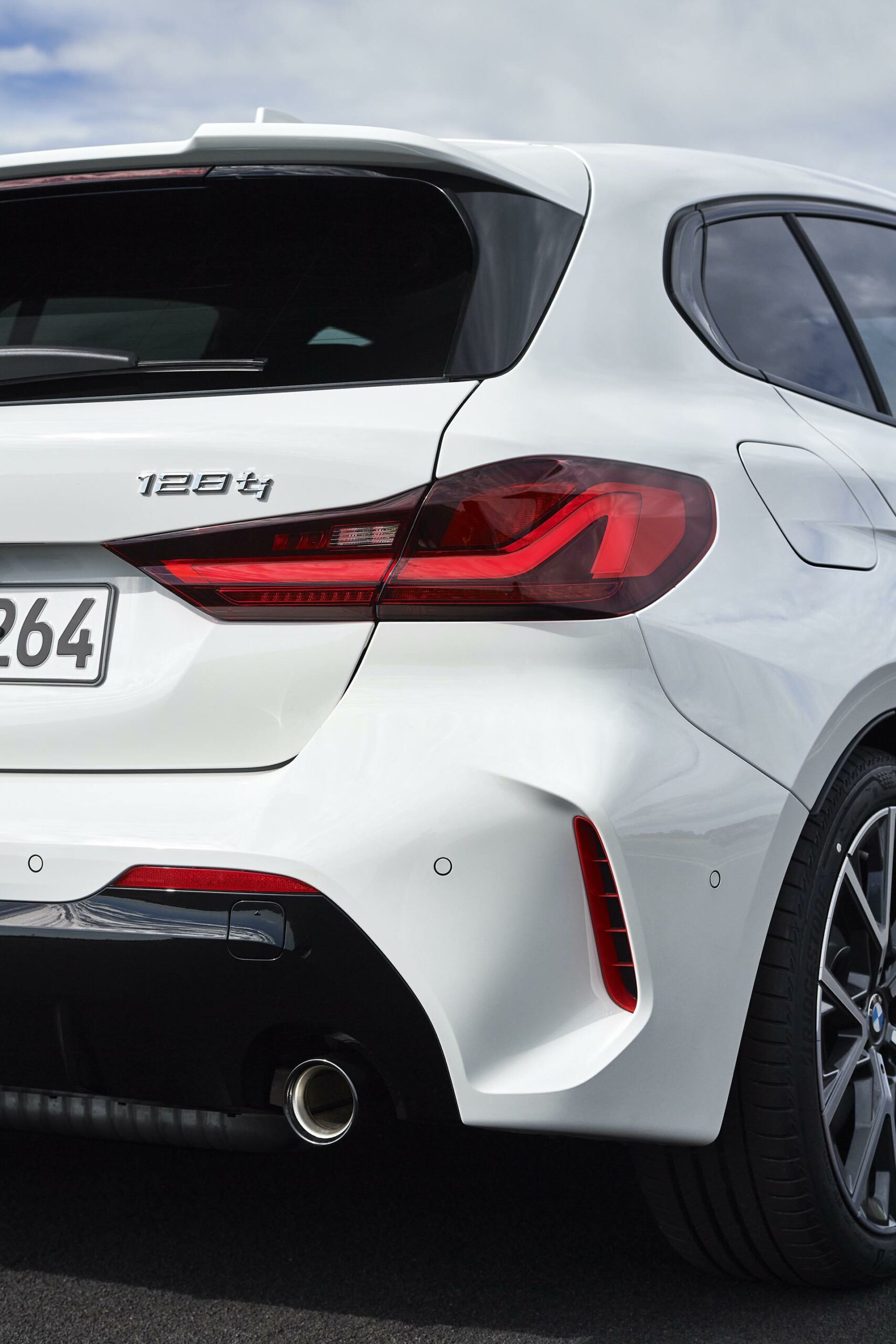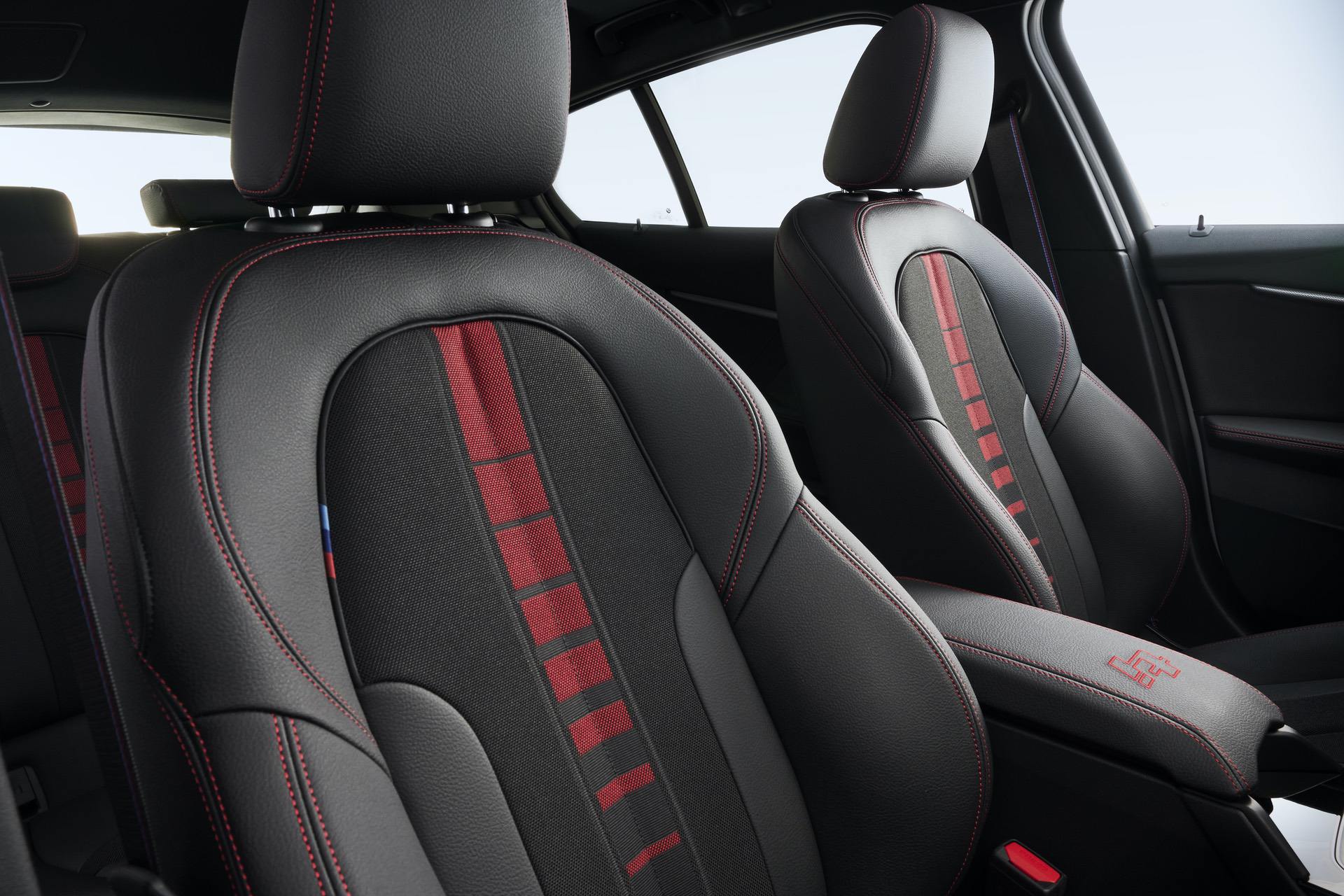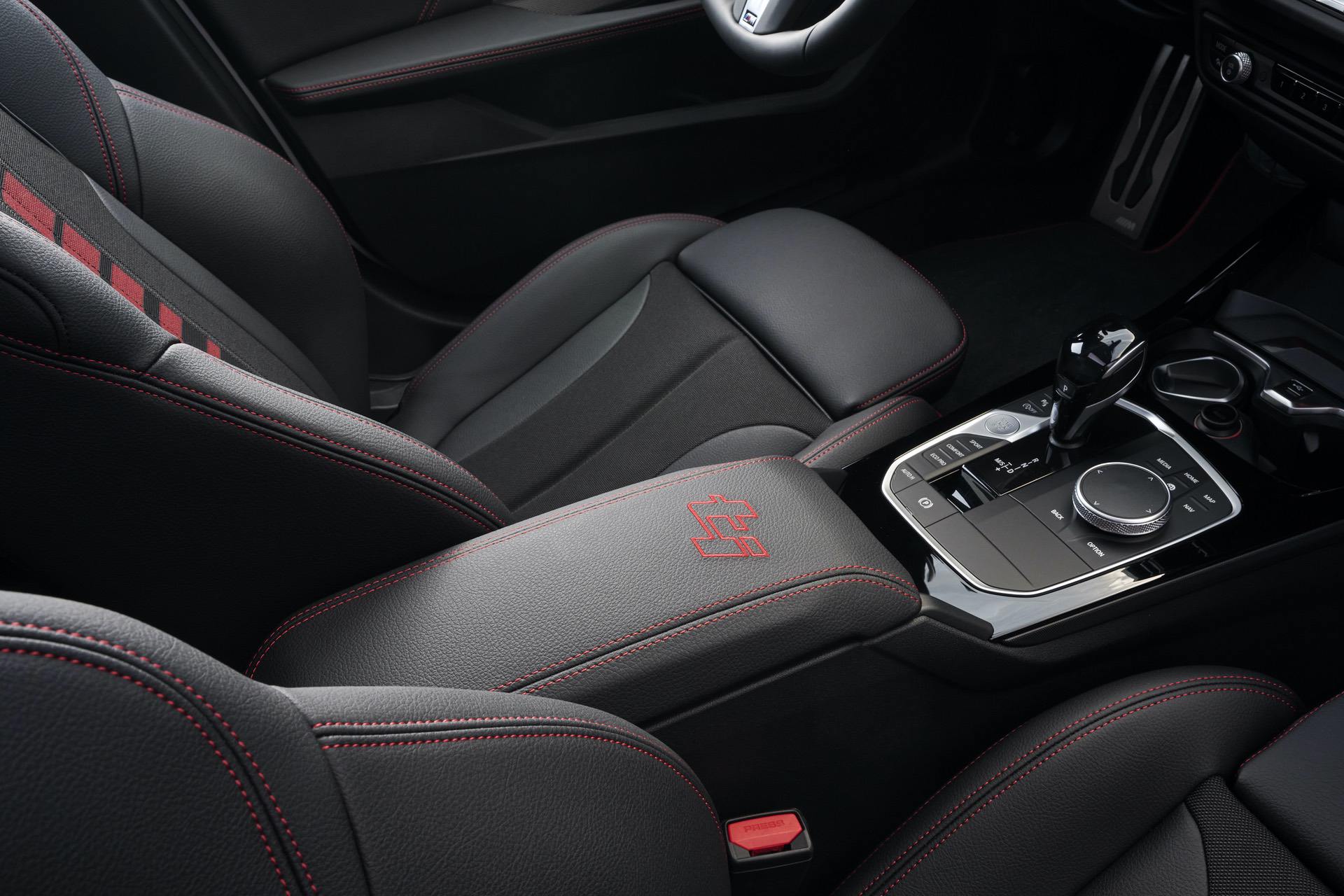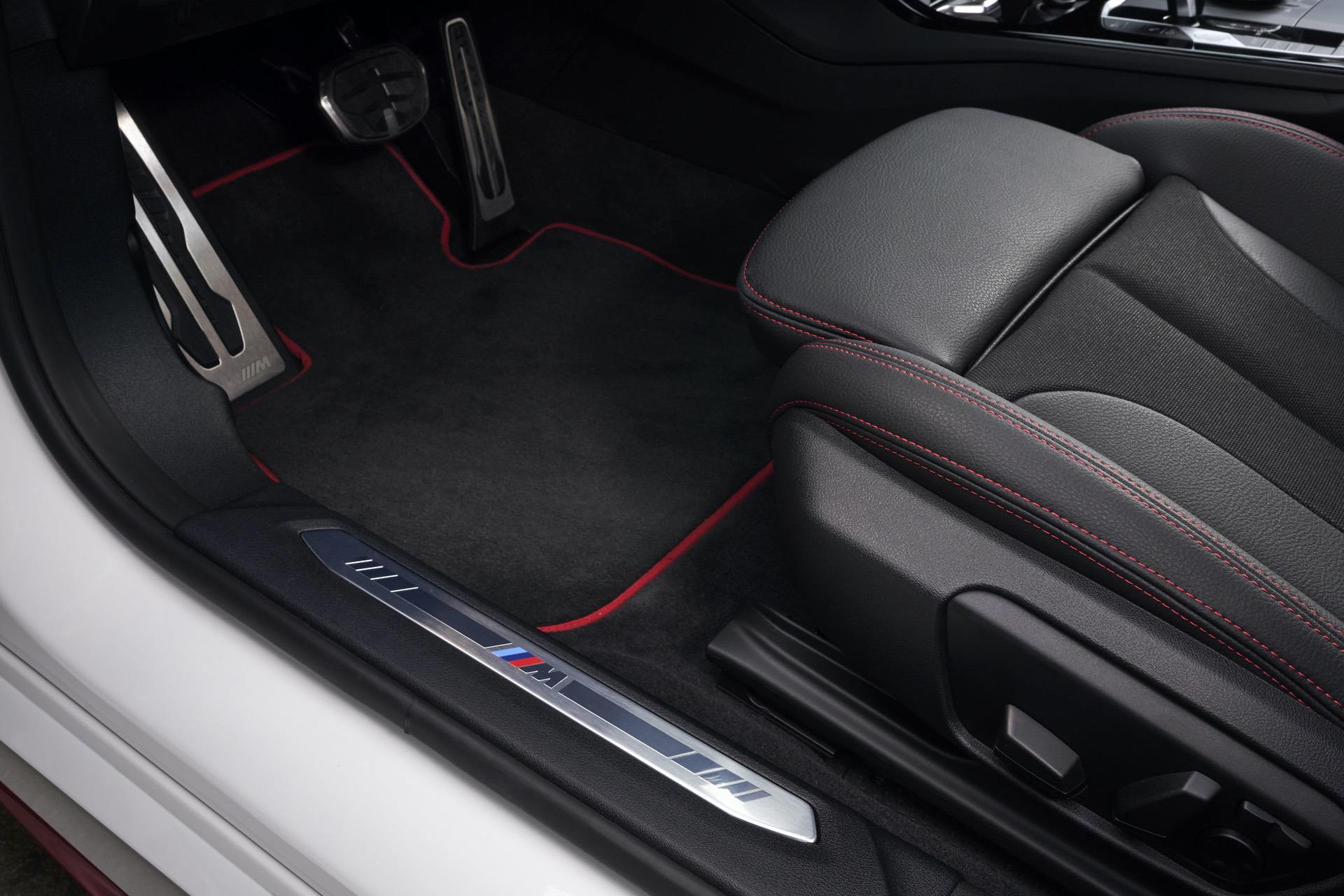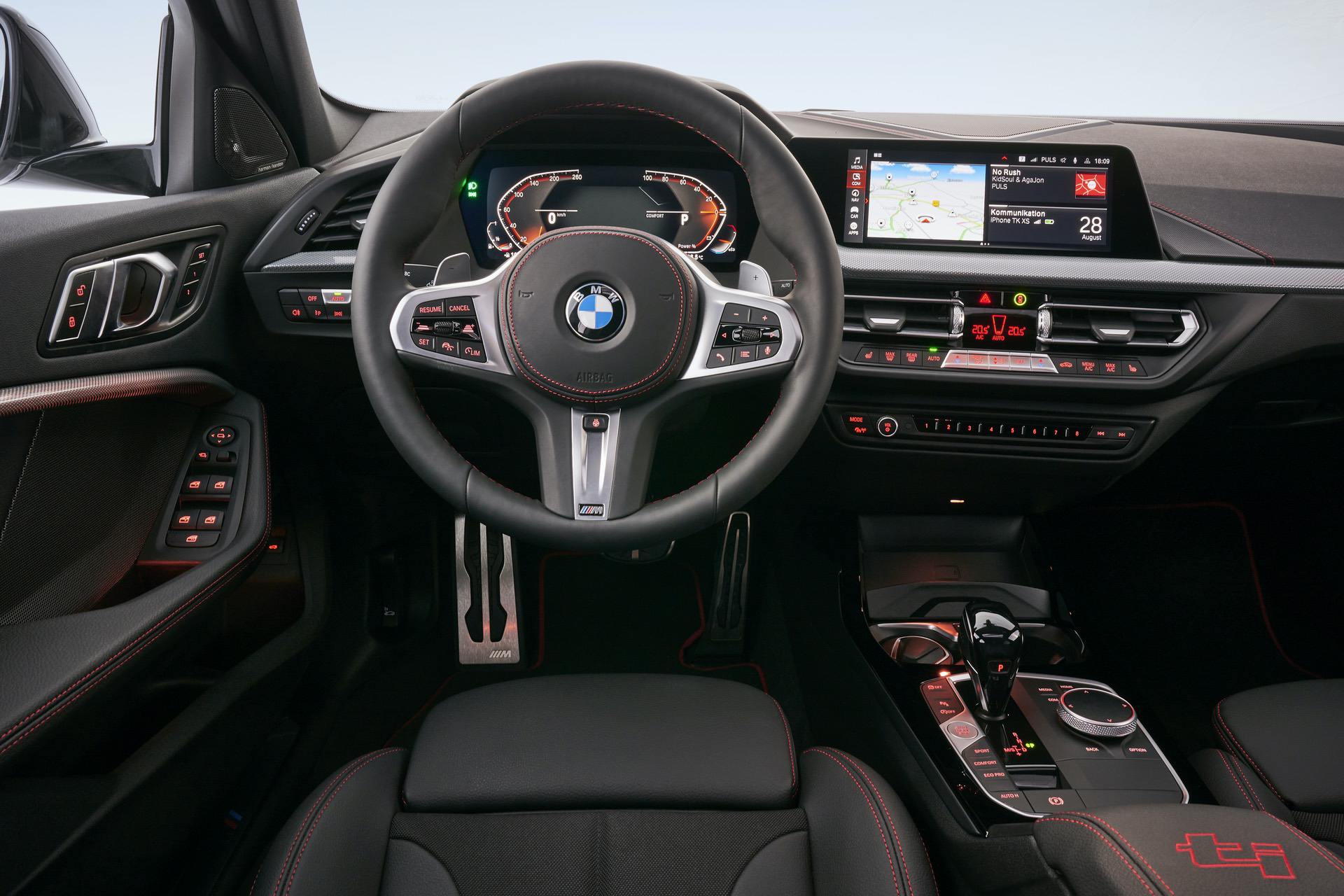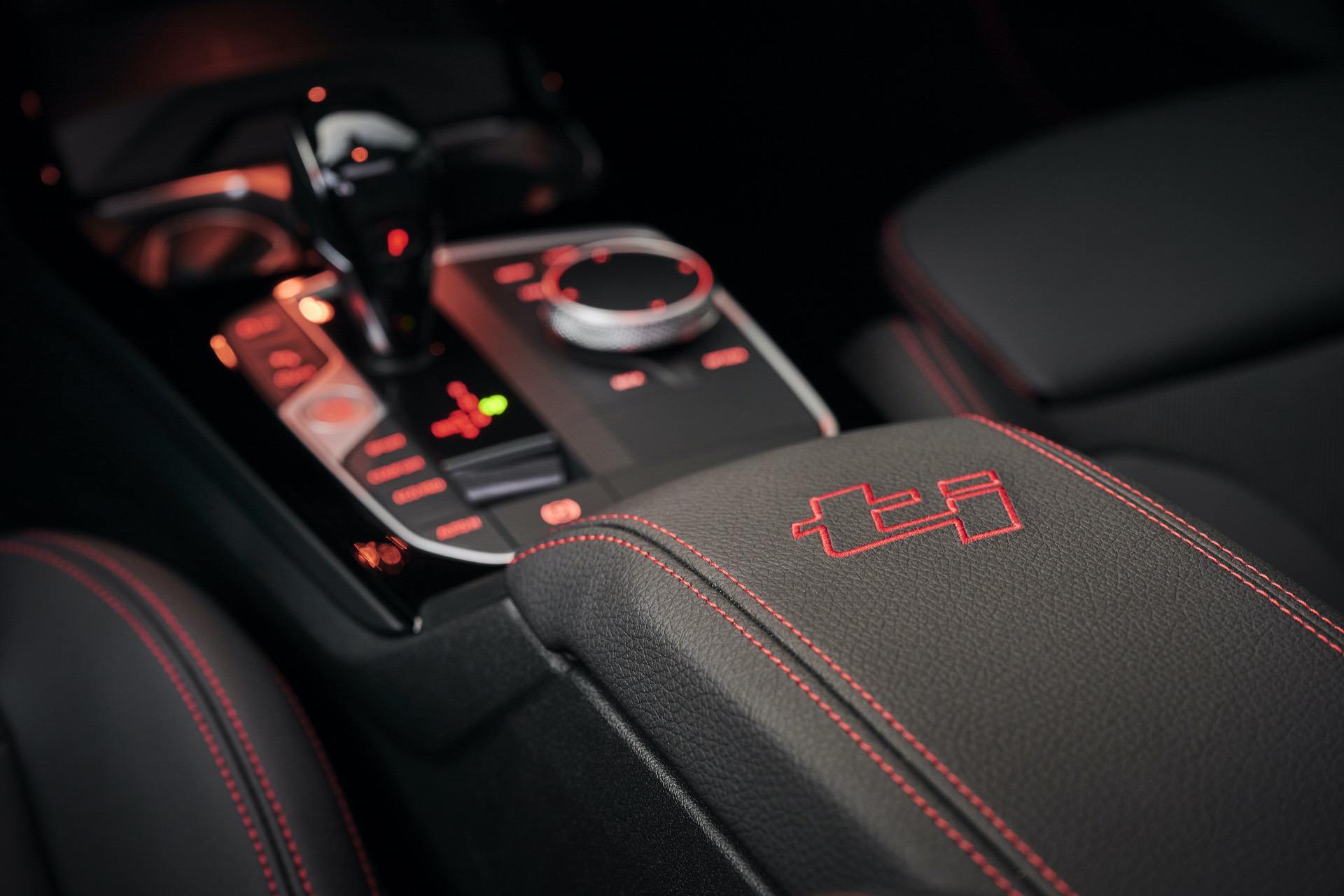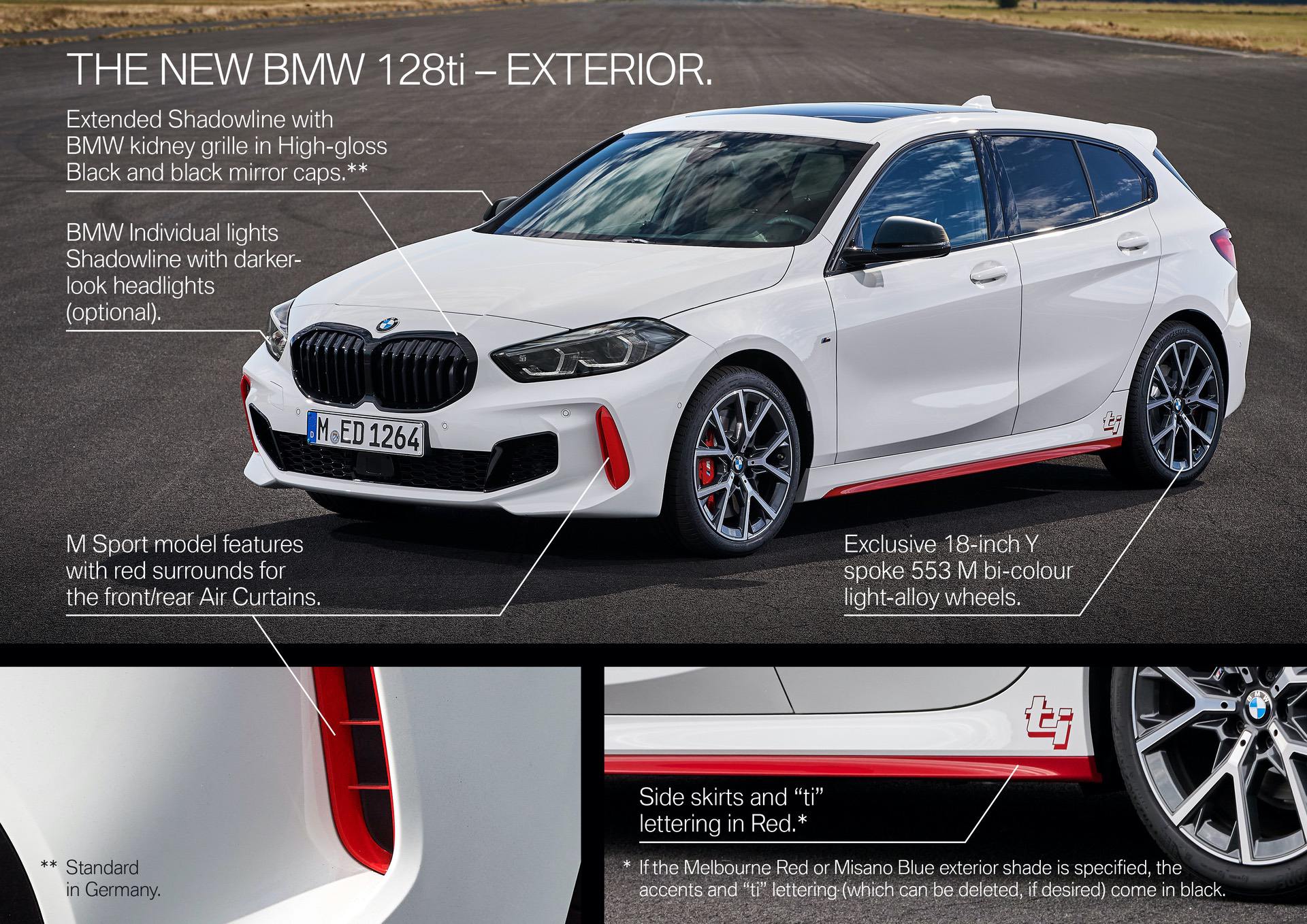There’s a lot of criticism surrounding the Bavarian brand at the moment. We see it everyday in our comments sections; fans upset by the direction BMW is taking many of its cars. Cars like the 4 Series, M3, 8 Series and even its electric cars are going in a direction that seems to contrary to the brand’s “Ultimate Driving Machine” ethos. However, there may be a shift in thinking over in Munich, or at least a subtle shove in the right direction and the new 2021 BMW 128ti might be a sign of it.
In a way, the BMW 128ti actually has a bit of Porsche thinking behind it. BMW essentially took the BMW M135i, ripped out its big engine and put in a less powerful one, threw out the rear driveshaft, axles and differential but kept the upgraded suspension, brakes and styling. So BMW simplified, lightened and sharpened the 1 Series by giving it modest power but the best handling bits it could find. It’s similar thinking to Porsche’s ‘GTS’ models and look how they’ve all turned out.
Who Needs Big Power?
Under the hood of the BMW 128ti is a 2.0 liter turbocharged four-cylinder that puts out 265 horsepower and 295 lb-ft of torque, which is almost identical power to the BMW 330i, only in a smaller, lighter package. That engine is mated to an eight-speed automatic, with no manual option (the only real downside of the 128ti) and drives only the front wheels.
It might sound odd to think of a BMW that’s designed solely for handling to be front-wheel drive but that’s what BMW is working with on its small cars at the moment.
At the front axle, the M135i’s Torsen limited-slip differential remains. Admittedly, in the M135i and M235i, that front diff gets overwhelmed by all 332 lb-fts of torque on tap from their turbo-fours. But with much less power and torque on tap, the BMW 128ti’s diff should be able to manage far better and help quell both understeer and torque steer.
More importantly, the 128ti is no longer saddled with the mostly redundant xDrive all-wheel drive system of its more powerful sibling. The xDrive system in the M135i is technically all-wheel drive but its Haldex hardware rarely sends enough power to the rear axle to make it worthwhile and it’s limited to a maximum of just fifty percent of the engine’s torque anyway. BMW (as well as Audi and Volkswagen and any other brand that uses Haldex) will claim that the M135i can actually received almost 100-percent of the car’s power but that’s only if there’s zero available grip at the front axle. Imagine the front axle being on a patch of ice, while the rear axle isn’t. That’s the only circumstance in which you’ll get more than 50-percent power to the rear in any Haldex BMW.
So with that mostly redundant system out of the way, the BMW 128ti is 80 kg (176 lbs) lighter than its sibling, which is like tossing me out of the trunk. That lack of weight not only offsets its lack of power but also makes it a more agile, more chuckable car. Without the xDrive system, and with a decent rear anti-roll bar, don’t be surprised if you can get some good old fashioned hot-hatch lift-off oversteer from the 128ti.
The BMW 128ti might not have the same power as the M135i but it has the same M Sport suspension. Well, mostly. All of the hardware is there; so it receives a 10mm drop in ride height versus normal 1ers, firmer anti-roll bars and stiffer springs and shocks. Though, that suspension has been specifically tuned for the 128ti; its lighter weight and front-wheel drive nature. It’s also received model-specific steering tuning, which is encouraging.
Sweetening the deal even further are the M Sport brakes, which are carried over from the M135i. That means the BMW 128ti gets four-piston monoblock calipers up front, with floating single-piston calipers out back. The calipers will also be painted red, which will differentiate the 128ti from its blue-calipered M135i sibling.
Related: Test Drive BMW 128ti
On the outside, the BMW 128ti will retain most of the same aggressive looks as the BMW M135i. So it gets the same front apron, rear bumper and side skirts as the M Performance car. However, it also gets some red accents in its front air intakes, side skirts and rear faux vents. There are also red “ti” badges on the side skirts, near the rear wheels. Sure, the red accents are a bit juveniles but, honestly, BMW could use a bit of juvenile thinking these days.
The inside is much the same — it’s essentially identical to the M135i just with more red touches and some “ti” badges. That’s fine, though, as the cabin is nice enough looking and is made from rich materials. So no complaints there, even if it’s a bit unsurprising.
Historically, the “ti” badge has been a special one for BMW. It’s always stood for “Turismo Internazionale” and it’s a badge that’s adorned the rear end of many great cars. Most notably, the BMW 2002 ti wore the badge (which later gained an additionally “i”, signifying fuel injection), a car that most fans agree is one of the greatest to ever wear a Roundel. Though, no one is expecting the 128ti to be the spiritual successor of the 2002 ti, nor is anyone expecting it to be some great return of BMW’s purist-handling greatness.
With that said, I think it’s fair to look at the BMW 128ti with some optimism. Sure, it might be using its ‘ti” badge as a marketing ploy but that’s okay. All it needs to do is be the best driving 1 Series there is — which it’s shaping up to be on paper — and it’s a step in the right direction for BMW. Even if it isn’t, though, the thinking behind it is good. BMW has decided to take a small car, simplify it, make it lighter and shift its focus from bogus 0-60 mph times to handling and dynamics. Just that in itself is a good move from BMW. Let’s hope BMW continues where the 128ti leaves off.


